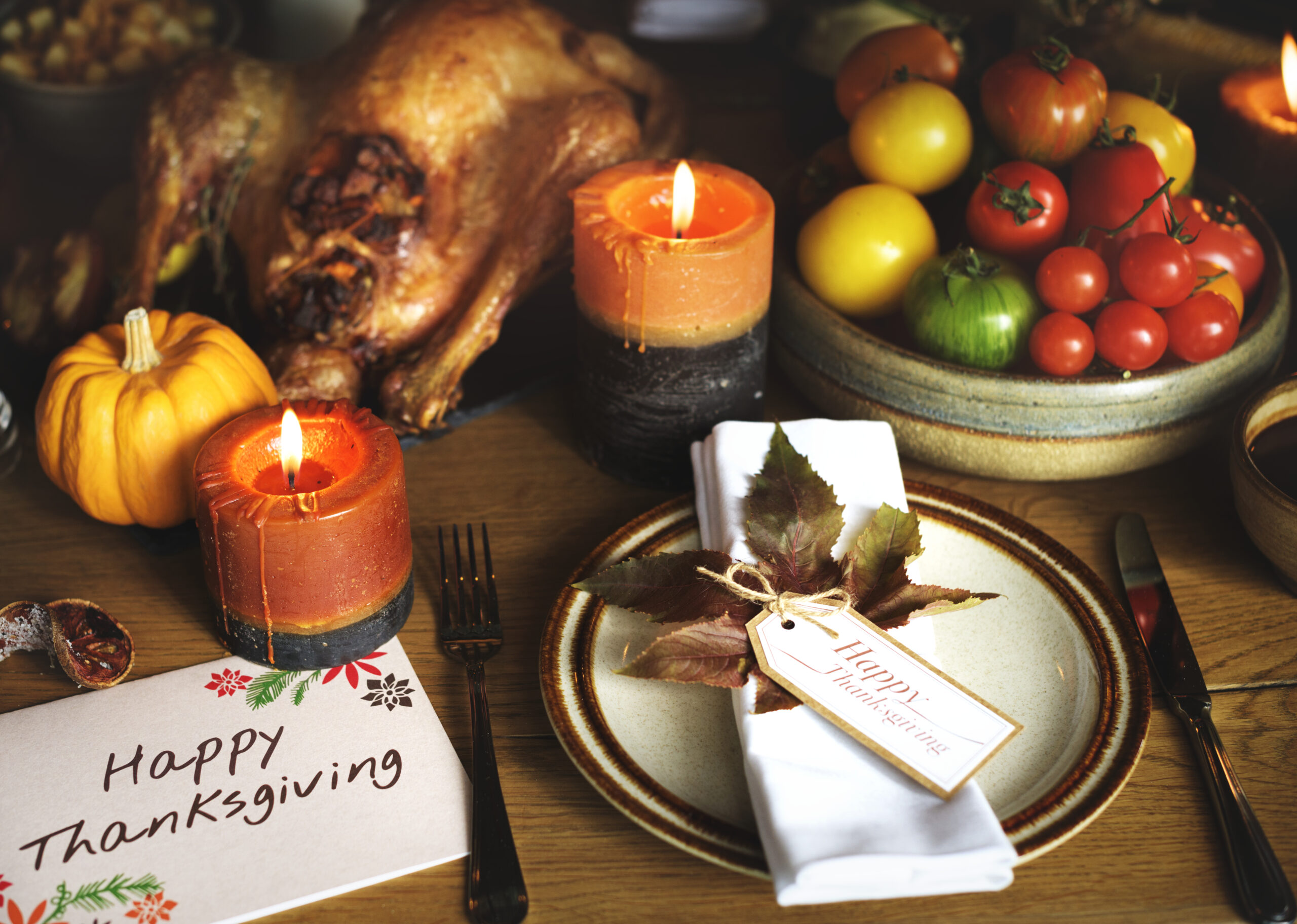50 Fun and Fascinating St. Patrick’s Day Facts


Thanksgiving Day is a cherished American holiday that brings families and friends together to celebrate gratitude, share a meal, and reflect on the blessings of the past year. The story of Thanksgiving is deeply rooted in history, marked by cultural exchanges, significant historical events, and evolving traditions. Understanding the origins and development of Thanksgiving not only enriches the celebration but also offers insight into American history and cultural significance. This article delves into the historical journey of Thanksgiving, highlighting the pivotal moments and traditions that have shaped this beloved holiday.
The story of Thanksgiving begins long before the Pilgrims set foot on American soil. Harvest festivals have been celebrated by various cultures around the world, paying homage to the bounty of the earth. These early celebrations were often marked by feasting, dancing, and communal gatherings. In the context of American history, Thanksgiving’s roots can be traced back to the early 17th century, when English Puritans, seeking religious freedom, embarked on a journey to the New World.
The Pilgrims, as they came to be known, arrived on the shores of what is now Massachusetts in 1620. Their early days in the New World were fraught with hardship, including harsh weather conditions and a lack of food. However, with the help of Native American tribes, particularly the Wampanoag people, the Pilgrims learned to cultivate the land and sustain themselves. This collaboration laid the foundation for what would become the first Thanksgiving celebration.
The role of Native Americans in the Thanksgiving story is both significant and profound. The Wampanoag people, under the leadership of Chief Massasoit, played a crucial role in the survival of the Pilgrims. They taught the settlers essential agricultural techniques and introduced them to native crops such as corn and squash. This knowledge was vital for the Pilgrims, who were unfamiliar with the New World’s environment and farming practices.
The relationship between the Pilgrims and the Wampanoag was one of mutual respect and cooperation, leading to a peace treaty that lasted for several decades. The first Thanksgiving feast in 1621 was a three-day event that included both the Pilgrims and the Wampanoag. This gathering was a celebration of the successful harvest and a testament to the collaboration between the two groups, highlighting the cultural significance of Thanksgiving as a symbol of unity and gratitude.

The first Thanksgiving feast in 1621 was a modest affair compared to today’s elaborate celebrations. The Pilgrims and the Wampanoag shared a meal that included venison, fowl, and an array of native vegetables. The feast was more than just a meal; it was a communal gathering that included games, music, and storytelling, reflecting the spirit of gratitude and community.
Historical accounts suggest that approximately 50 Pilgrims and 90 Wampanoag attended the feast, underscoring the importance of collaboration and fellowship. While the exact details of the menu remain uncertain, the essence of Thanksgiving as a time to gather, reflect, and give thanks was firmly established during this inaugural celebration.
Over the centuries, Thanksgiving has undergone numerous transformations. The holiday was not immediately established as an annual tradition following the first feast in 1621. It wasn’t until the late 18th century that various states began to adopt Thanksgiving as a day of thanks. In 1863, amid the Civil War, President Abraham Lincoln proclaimed Thanksgiving a national holiday, designating the final Thursday in November as a day of “Thanksgiving and Praise.”
This proclamation was influenced by the efforts of Sarah Josepha Hale, a notable figure in Thanksgiving history, who campaigned tirelessly for a national day of thanks. Her advocacy helped solidify Thanksgiving’s place in American culture, transforming it into a unifying holiday that transcends regional and cultural differences.
Today, Thanksgiving is celebrated across the United States, with each region adding its unique flair to the festivities. In the Northeast, traditional foods such as turkey, stuffing, and cranberry sauce are staples, reflecting the original harvest feast. In the South, dishes like cornbread dressing and sweet potato pie are common, while the West Coast might incorporate fresh, local ingredients into their Thanksgiving meals.
Different regional Thanksgiving traditions also include various activities and customs. For example, New York City hosts the iconic Macy’s Thanksgiving Day Parade, a spectacle of floats, balloons, and performances that attract millions of viewers. In the Midwest, many families participate in “Turkey Trot” races, combining fitness with festive spirit. These diverse traditions highlight the adaptability and enduring appeal of Thanksgiving across the nation.

Beyond the feast, Thanksgiving offers numerous opportunities for families to engage in meaningful activities and crafts. Creating handmade decorations, such as leaf garlands and gratitude trees, can enhance the festive atmosphere while encouraging creativity. Additionally, families can participate in community service projects, such as volunteering at food banks or organizing neighborhood food drives, embodying the holiday’s spirit of giving and gratitude.
Engaging in storytelling sessions that recount the history of Thanksgiving or sharing personal stories of gratitude can deepen the holiday’s significance. For children, crafting projects like making turkey centerpieces or gratitude journals can be both educational and entertaining, providing a hands-on way to explore the holiday’s themes.
In contemporary society, Thanksgiving remains a time to pause and reflect on the blessings of life. While the holiday’s historical origins are rooted in gratitude and collaboration, its modern iteration emphasizes family, togetherness, and appreciation for the present moment. Thanksgiving serves as a reminder of the importance of community, the value of sharing, and the joy of coming together to celebrate life’s abundance.
As families gather around the table, the cultural significance of Thanksgiving is reaffirmed through shared stories, laughter, and the creation of lasting memories. By honoring the past and embracing the present, Thanksgiving continues to be a cherished occasion that celebrates the very essence of gratitude and human connection.